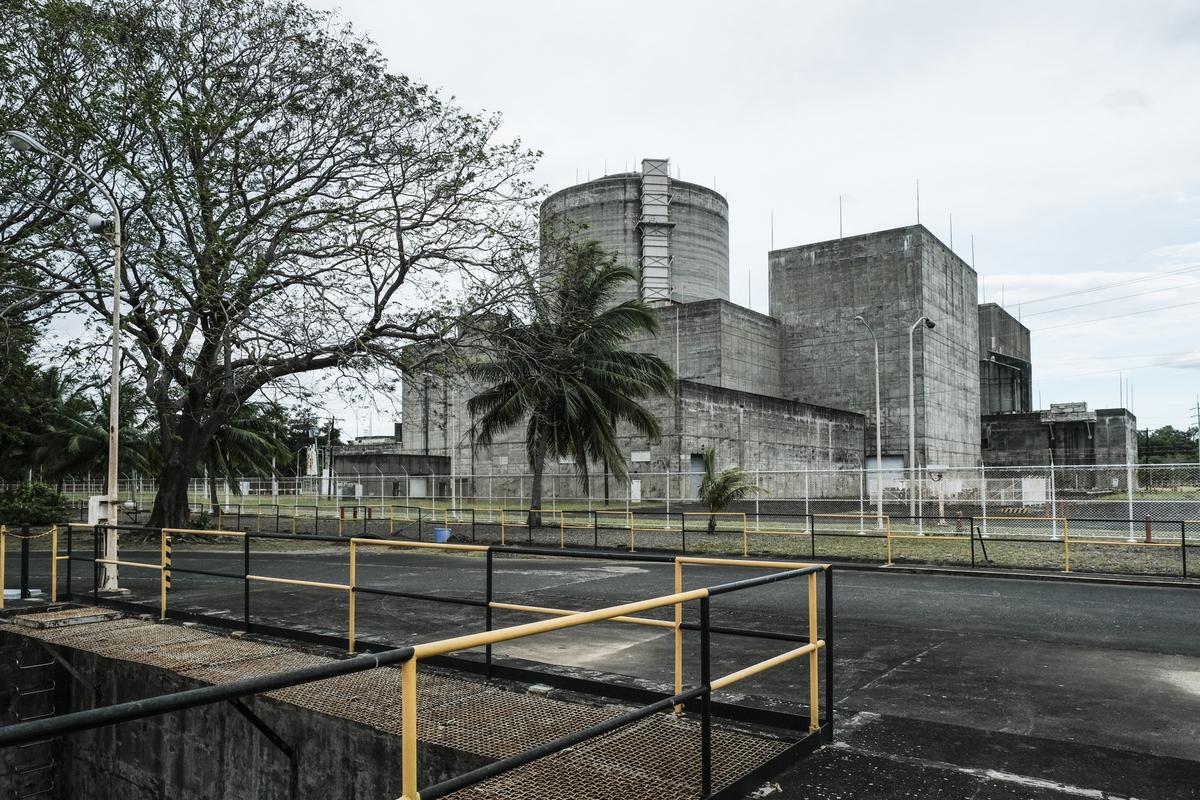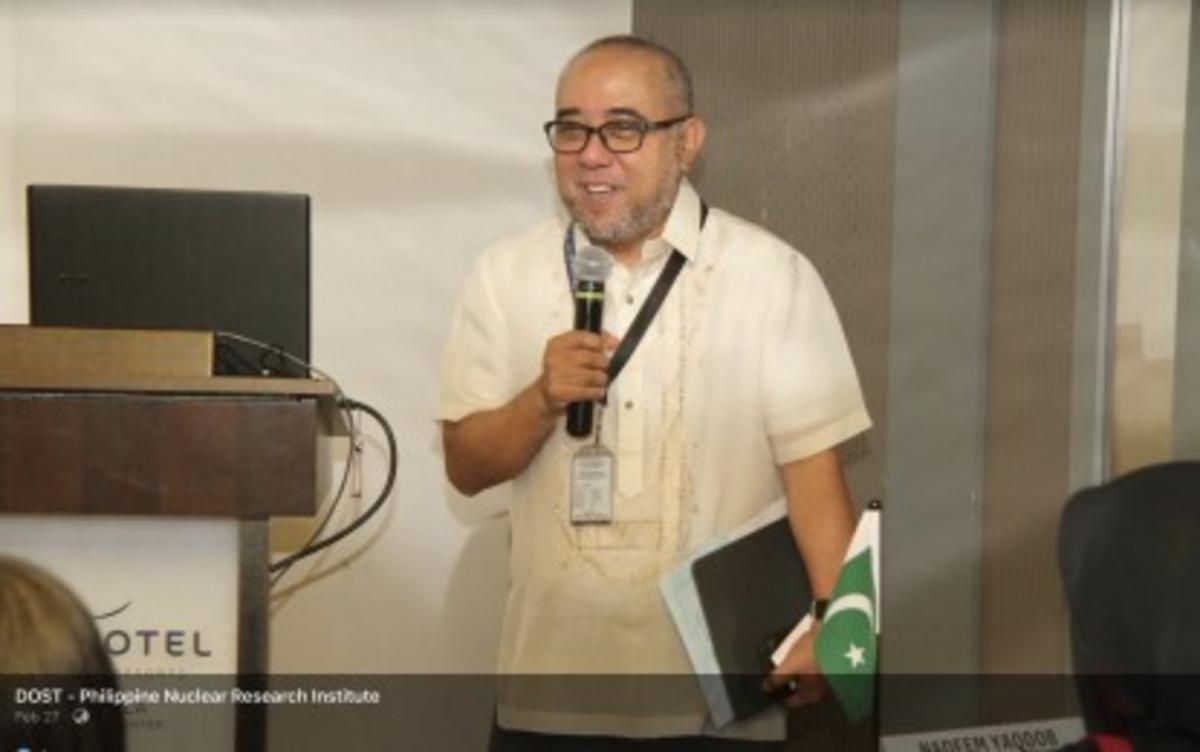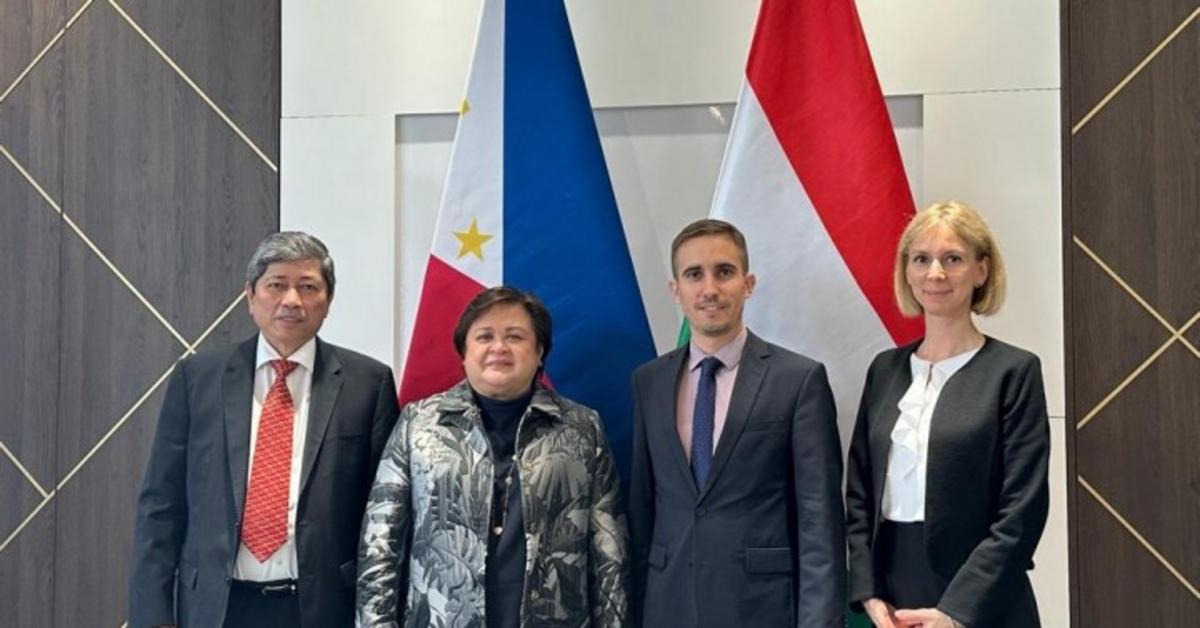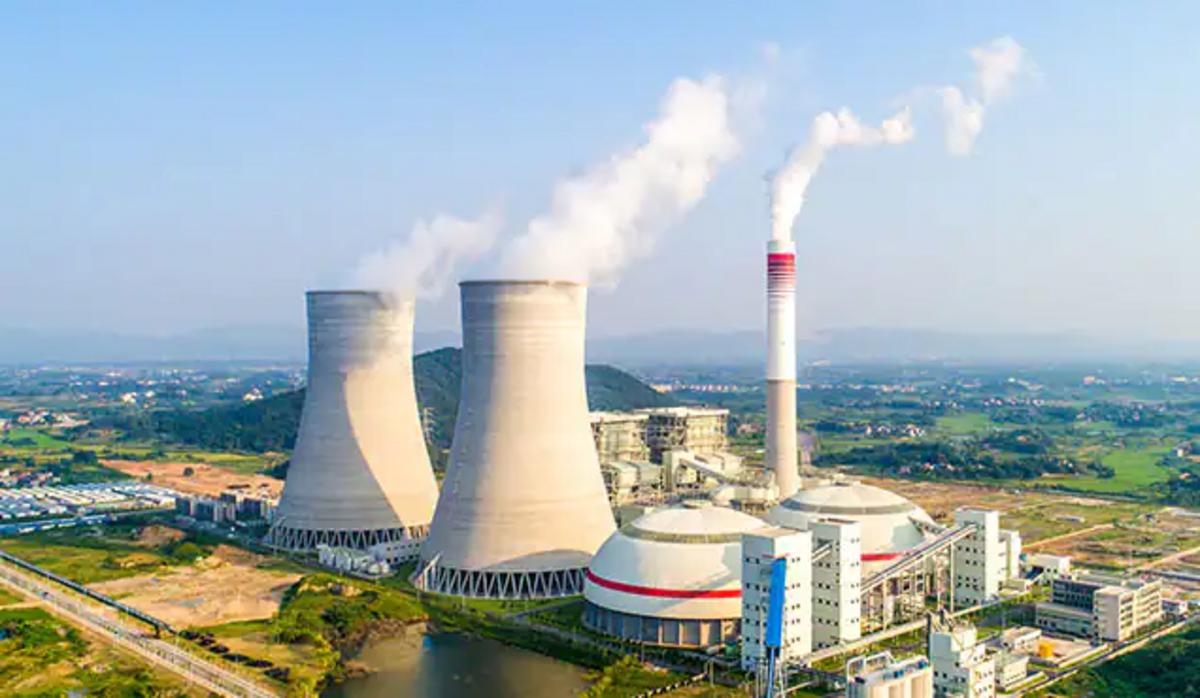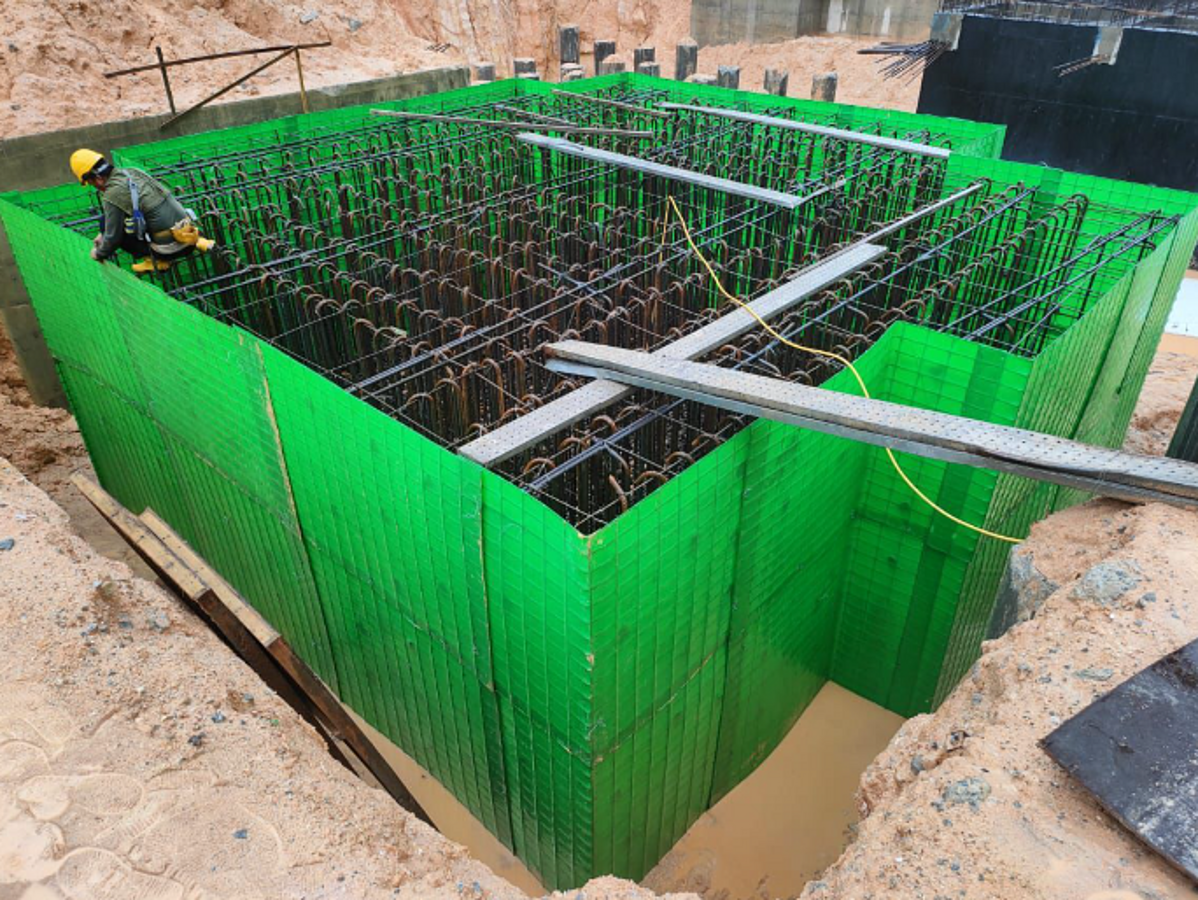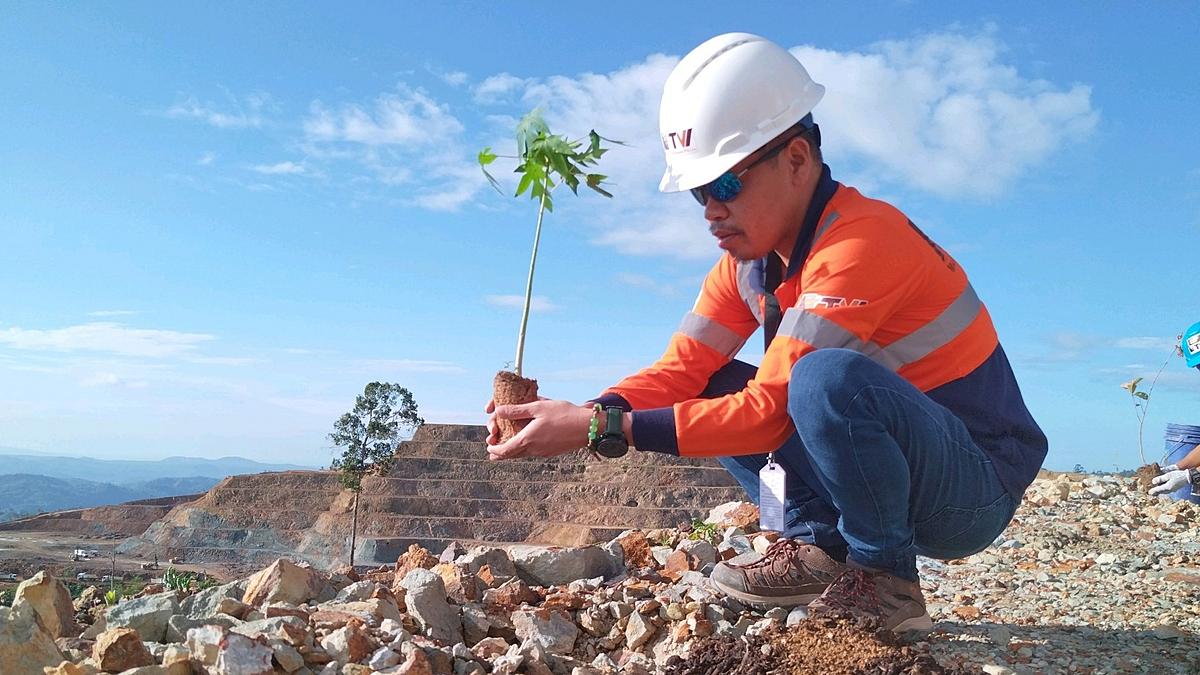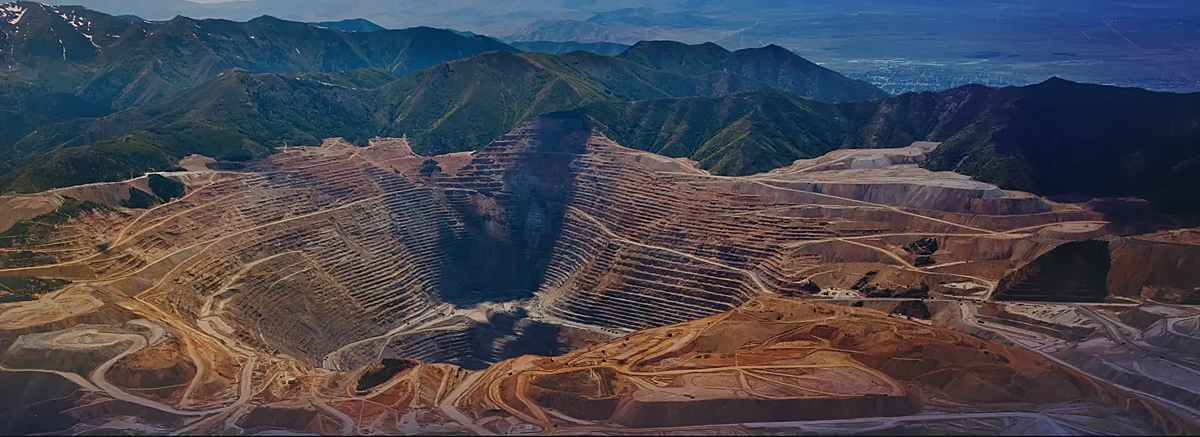Photo: Bataan nuclear power plant - Credit: Veejay Villafranca/Bloomberg
The House Special Committee on Nuclear Energy on Tuesday adopted a resolution calling on the Department of Energy (DOE) to create a Nuclear Energy Division within its organization.
During the hearing, the panel, chaired by Pangasinan Representative Mark Cojuangco, adopted House Resolution 387, which is in line with the Marcos administration's push to incorporate nuclear power in the Philippines' energy mix.
APEC Party-list Rep. Sergio Dagooc, one of the authors of HR 387, said the DOE does not currently have an office dedicated to dealing with nuclear energy-related issues.
Dagooc said the new division within DOE should be in-charge of developing the framework of the nation in utilizing and managing nuclear energy in the country.
The proposed division, he said, should also further advance the plans to utilize nuclear energy to combat the rising prices and the lack of supply of electricity in the country.
"Seriously exploring nuclear energy as an additional source for the generation of electricity may solve the above cited problems," he said.
He said the DOE should also work with the Philippine Nuclear Research Institute (PNRI) and other concerned government agencies to establish and implement a strategic plan and policies for the utilization of nuclear energy as a source of generating electricity in the country.
In his first State of the Nation Address (SONA), President Ferdinand R. Marcos Jr. said it was “time to re-examine” the country’s strategy toward building nuclear power plants in the Philippines.
“We must build new power plants. We must take advantage of all the best technology that is now available, especially in the areas of renewable energy,” Marcos said.

